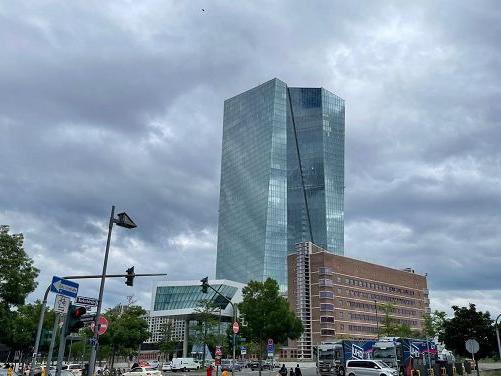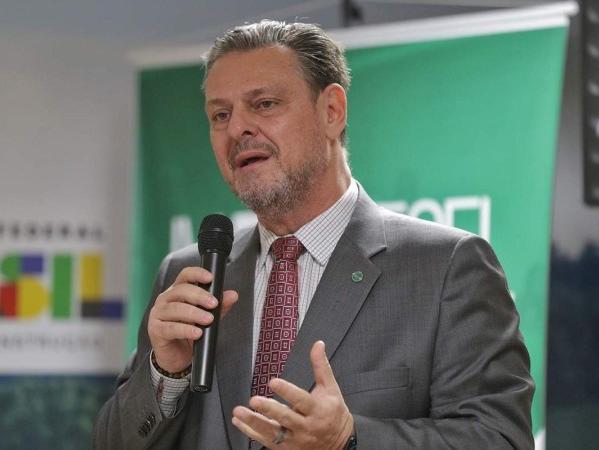The Eurozone’s inflation rate cooled to 2.5% in June, down from 2.6% in May, according to preliminary data released by Eurostat. This decline, in line with analysts’ expectations, is primarily attributed to a slowdown in food and energy price increases. Despite this positive trend, the European Central Bank (ECB) remains cautious about declaring victory over inflation.While the headline inflation rate is moving closer to the ECB’s 2% target, underlying price pressures remain a concern. The core inflation rate, which excludes volatile items such as food and energy, held steady at 2.9%. More notably, services inflation remained high at 4.1%, fueling worries among ECB officials about persistent internal price pressures.ECB President Christine Lagarde emphasized that the battle against inflation is not yet won. ‘We are still facing some uncertainty. We will need more data to be confident that the inflation risks are behind us,’ Lagarde stated. This cautious stance suggests that the ECB may be hesitant to implement further interest rate cuts in the near term.The ECB’s next steps will likely depend on upcoming economic data. While some market participants anticipate potential rate cuts later this year, the central bank is expected to maintain its vigilant approach. The ECB is set to announce new economic projections in September, which could provide more clarity on the inflation outlook and guide future monetary policy decisions.
Key points
- Eurozone inflation decreased to 2.
- Core inflation remained steady at 2.
- ECB President Christine Lagarde emphasized the need for more data before considering further rate cuts.
5% in June, down from 2.
6% in May.
9%, with services inflation high at 4.
1%.



